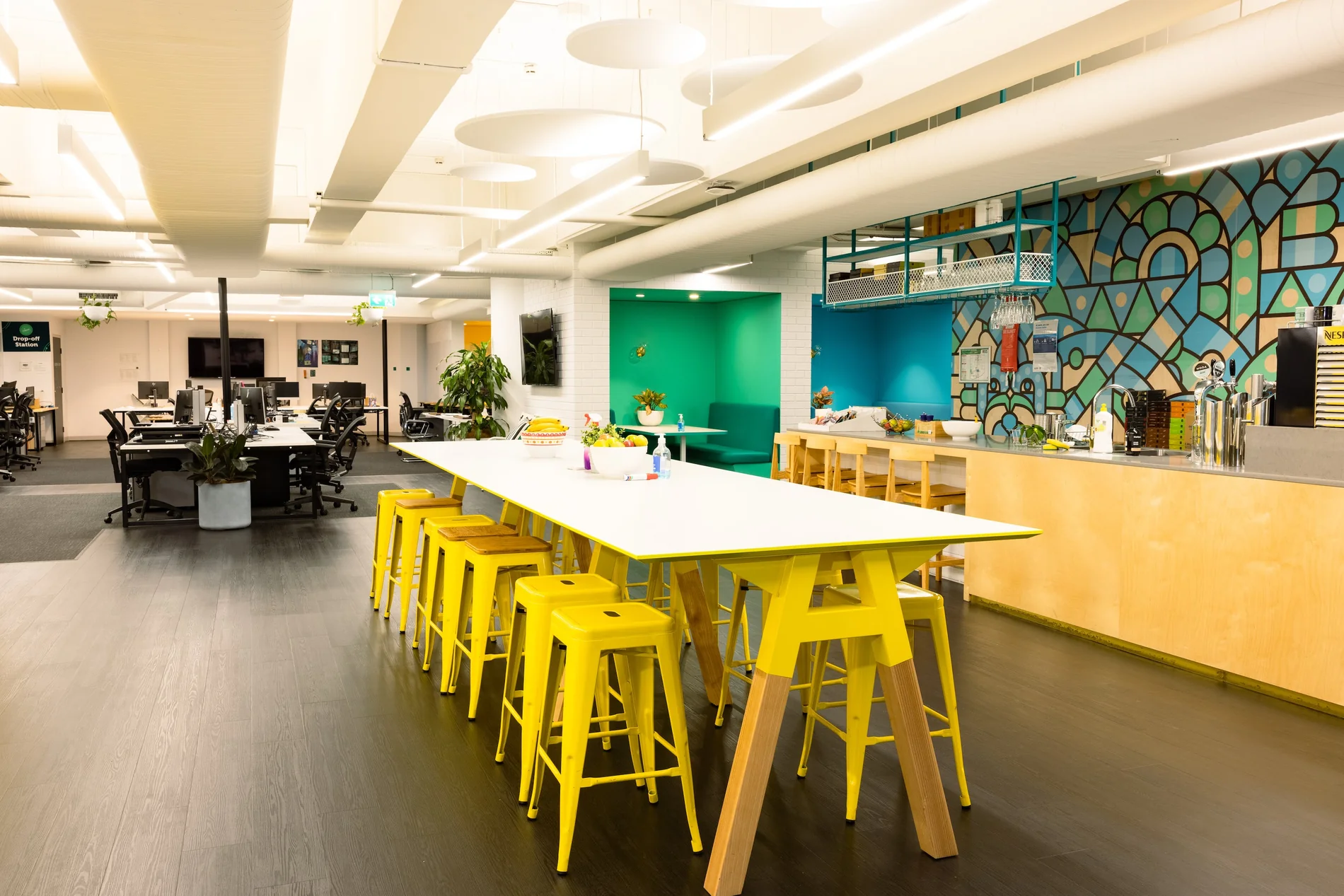Office Fitout Essentials: Key Considerations for Workplace Transformation


Transforming your workplace through a well-planned office fitout can significantly enhance productivity, employee satisfaction, and overall business success.
Whether you’re moving into a new space or revamping your current office, careful consideration of various elements is essential to create an efficient, comfortable, and aesthetically pleasing environment. Here are the key considerations for an effective workplace transformation.
Space Planning
Effective space planning is the foundation of any successful office fitout. Begin by assessing the available space and understanding how it can be optimized to meet your business needs. Consider the number of employees, the nature of their work, and the need for collaboration versus private work areas. A well-thought-out space plan ensures that every square meter is used efficiently, creating a functional and organized workspace.
Office Layout
The layout of your office plays a crucial role in the flow and functionality of the workspace. Open-plan layouts promote collaboration and communication, while private offices or cubicles provide quiet, focused work areas. Consider hybrid layouts that combine both elements to accommodate different work styles. An effective office layout enhances workflow, reduces distractions, and supports various tasks and activities.
Office Furniture
Office furniture is a critical component of any fitout project. Ergonomic chairs, adjustable desks, and functional storage solutions contribute to employee comfort and productivity. Choose high-quality, durable furniture that aligns with your brand’s aesthetic and meets the needs of your employees. Customizable office furniture options allow you to create tailored solutions that enhance the functionality and visual appeal of the workspace.
Lighting
Proper lighting is essential for creating a productive and comfortable work environment. Natural light is ideal, as it boosts mood and reduces eye strain. Incorporate large windows and skylights wherever possible. For artificial lighting, use a combination of overhead lights, task lighting, and accent lighting to create a well-lit workspace. Adjustable lighting solutions enable employees to control the light levels according to their needs.
Technology Integration
Seamless technology integration is vital for modern workplaces. Ensure that your office fitout includes provisions for advanced IT infrastructure, including high-speed internet, wireless connectivity, and ample power outlets. Consider incorporating smart office solutions such as automated lighting, climate control, and collaborative technology to enhance efficiency and convenience. Proper cable management systems keep the workspace tidy and organized.
Acoustics
Managing noise levels is crucial for maintaining a productive work environment. Open-plan offices can be noisy, leading to distractions and reduced productivity. Incorporate acoustic solutions such as sound-absorbing panels, carpets, and acoustic ceiling tiles to minimize noise. Create designated quiet zones or private meeting rooms to provide employees with areas for focused work and confidential discussions.
Branding and Aesthetics
Your office fitout should reflect your company’s brand and culture. Use colors, materials, and design elements that align with your brand identity to create a cohesive and visually appealing workspace. Incorporate your logo and brand colors in subtle ways throughout the office. A well-branded office enhances employee pride and leaves a lasting impression on clients and visitors.
Flexibility and Future-Proofing
As your business grows and evolves, your office space should be able to adapt to changing needs. Design flexible workspaces that can be easily reconfigured to accommodate new employees, changes in work processes, or technological advancements. Modular office furniture, movable partitions, and adaptable layouts provide the flexibility needed to future-proof your workspace.
Employee Well-being
Prioritizing employee well-being is essential for creating a positive and productive work environment. Incorporate elements that promote health and wellness, such as ergonomic furniture, standing desks, and relaxation areas. Ensure proper ventilation and air quality to create a healthy workspace. Consider adding biophilic design elements, such as indoor plants and natural materials, to enhance the overall well-being of your employees.
Sustainability
Sustainability is becoming increasingly important in office fitout projects. Choose eco-friendly materials and energy-efficient lighting and appliances to reduce your environmental footprint. Implement recycling and waste management programs to promote sustainability within the workplace. Sustainable office furniture, such as desks and chairs made from recycled or renewable materials, contributes to a greener office environment.
Collaboration and Social Spaces
Creating spaces for collaboration and social interaction is crucial for fostering a sense of community and teamwork. Designate areas for informal meetings, brainstorming sessions, and social gatherings. Comfortable seating, whiteboards, and collaborative technology can enhance these spaces. Social spaces, such as break rooms and lounges, provide employees with areas to relax and recharge, promoting a positive work culture.
A successful office fitout requires careful planning and consideration of various factors, from space planning and layout to furniture and technology. By focusing on these key elements, you can create a workspace that enhances productivity, supports employee well-being, and reflects your brand identity. High-quality office furniture and thoughtful design choices play a pivotal role in transforming your workplace into a dynamic and efficient environment.
